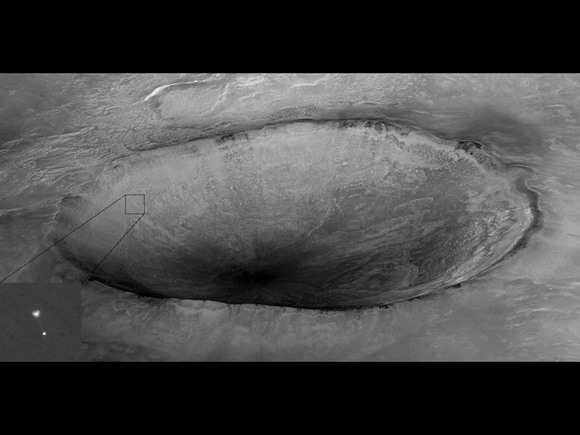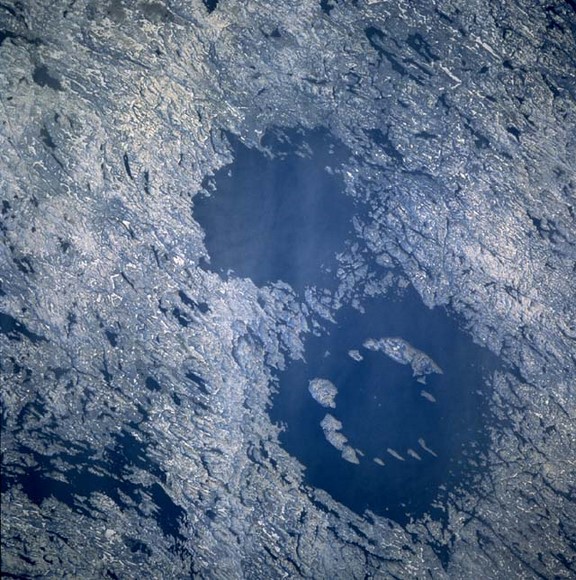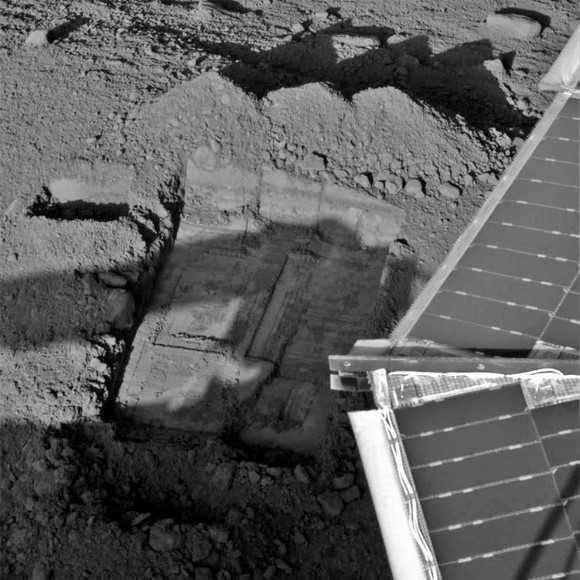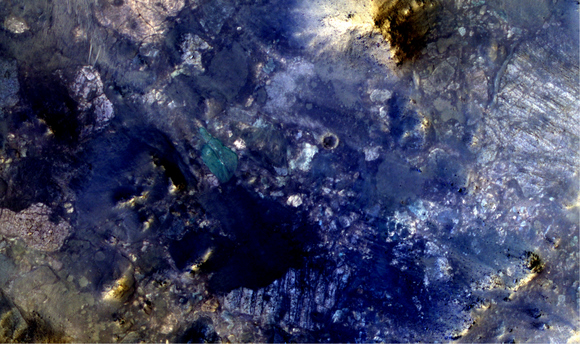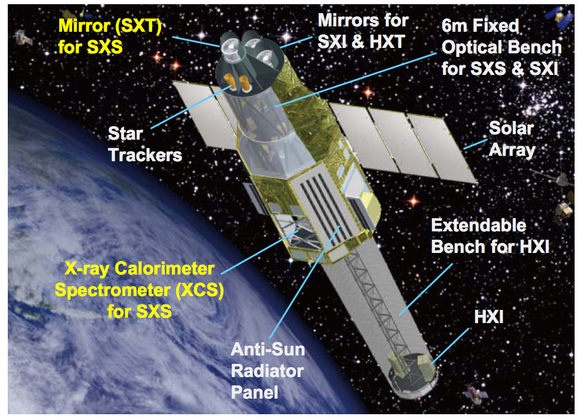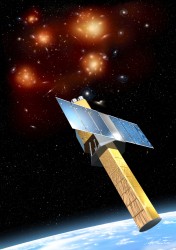One of the biggest questions that occupy particle physicists and cosmologists alike is: what is dark matter? We know that a tiny fraction of the mass of the universe is the visible stuff we can see, but 23% of the Universe is made from stuff that we cannot see. The remaining mass is held in something called dark energy. But going back to the dark matter question, cosmologists believe their observations indicate the presence of darkmatter, and particle physicists believe the bulk of this matter could be held in quantum particles. This trail leads to the Large Hadron Collider (LHC) where the very small meets the very big, hopefully explaining what particles could be generated after harnessing the huge energies possible with the LHC…
The excitement is growing for the grand switch-on of the LHC later this summer. We’ve been following all the news releases, research possibilities and some of the more “out there” theories as to what the LHC is likely to discover, but my favourite bits of LHC news include the possibility of peering into other dimensions, creating wormholes, generating “unparticles” and micro-black holes. These articles are pretty extreme possibilities for the LHC, I suspect the daily running of the huge particle accelerator will be a little more mundane (although “mundane” in accelerator physics will still be pretty damn exciting!).
David Toback, professor at Texas A&M University in College Station, is very optimistic as to what discoveries the LHC will uncover. Toback and his team have written a model that uses data from the LHC to predict the quantity of dark matter left over after the Big Bang. After all, the collisions inside the LHC will momentarily recreate some of the conditions at the time of the birth of our Universe. If the Universe created dark matter over 14 billion years ago, then perhaps the LHC can do the same.
Should Toback’s team be correct in that the LHC can create dark matter, there will be valuable implications for both particle physics and cosmology. What’s more, quantum physicists will be a step closer to proving the validity of the supersymmetry model.
“If our results are correct we now know much better where to look for this dark matter particle at the LHC. We’ve used precision data from astronomy to calculate what it would look like at the LHC, and how quickly we should be able to discover and measure it. If we get the same answer, that would give us enormous confidence that the supersymmetry model is correct. If nature shows this, it would be remarkable.” – David Toback
So the hunt is on for dark matter production in the LHC… but what will we be looking for? After all dark matter is predicted to be non-interacting and, well, dark. The supersymmetry model predicts a possible dark matter particle called the neutralino. It is supposed to be a heavy, stable particle and should there be a way of detecting it, there could be the opportunity for Toback’s group to probe the nature of the neutralino not only in the detection chamber of the LHC, but the nature of the neutralino in the Universe.
“If this works out, we could do real, honest to goodness cosmology at the LHC. And we’d be able to use cosmology to make particle physics predictions.” – Toback
Source: Physorg.com



